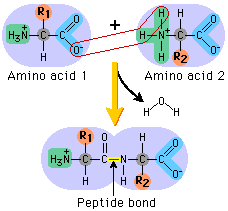Identify several chemical elements and molecules that function as key building blocks or are eliminated as wastes.
Phosphorous - Phosphate is an inorganic chemical element plants use to grow.
 |
| Mastering Biology | Pearson; Campbell Biology |
Nitrogen - Ammonia and nitrate are used by plants to grow and flourish.
 |
| Mastering Biology | Pearson; Campbell Biology |
Carbon - Carbon dioxide is used by photosynthetic organisms to create organic molecules that heterotrophs utilize.
 |
| Mastering Biology | Pearson; Campbell Biology |
Carbohydrates - Sugar is used and stored in the human body for energy. Structural polysaccharides such as cellulose are unable to be digested by the human body and therefore are eliminated as wastes. But, cellulose does help with removing cholesterol from a human’s body.
Water - Water is utilized by biological organisms and the environment for various purposes, see the following posts for more information on the cycle of water and water’s functionality:
‘Exchange of Matter’
‘Why do we need H2O?’
‘Unique Properties of Water’














